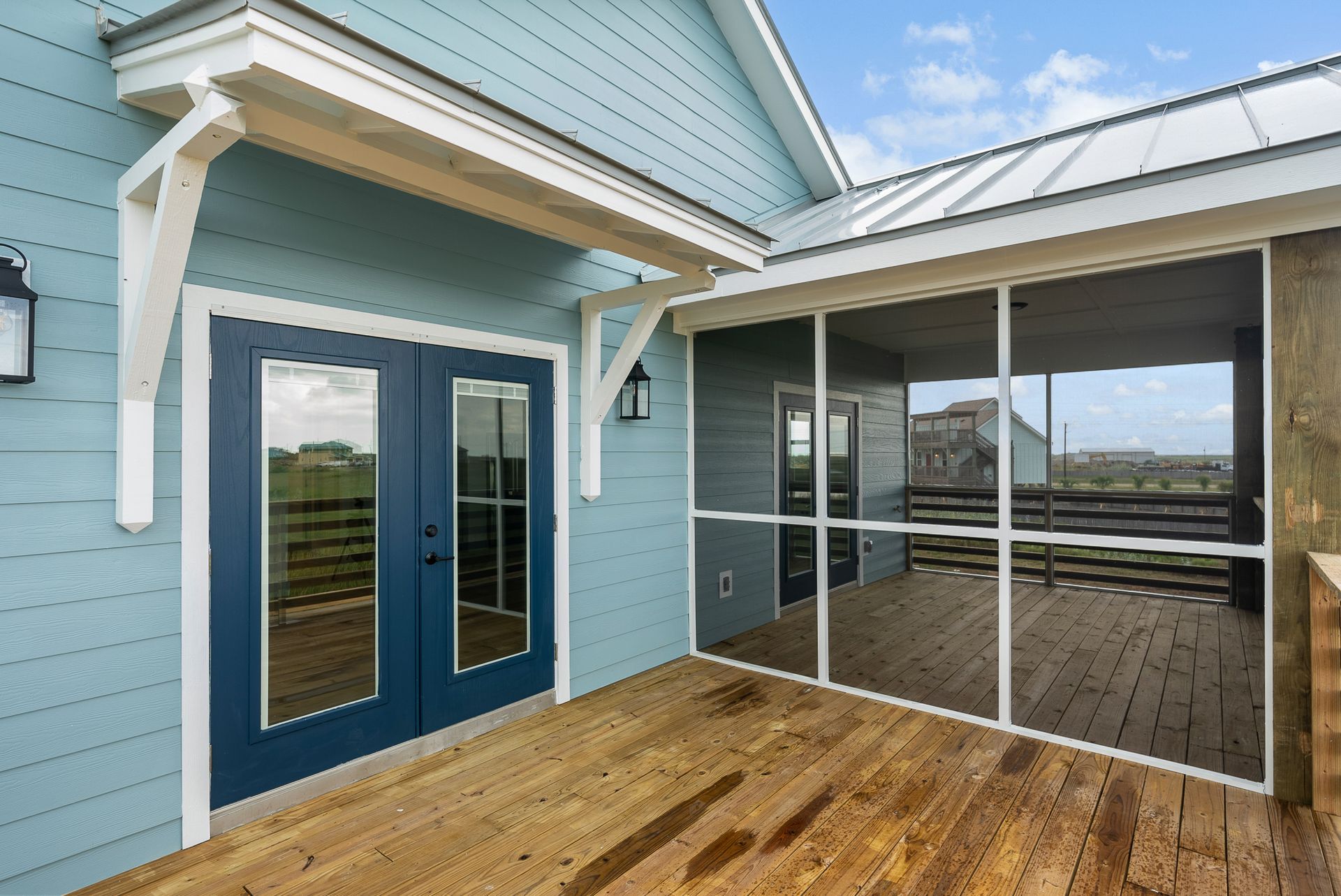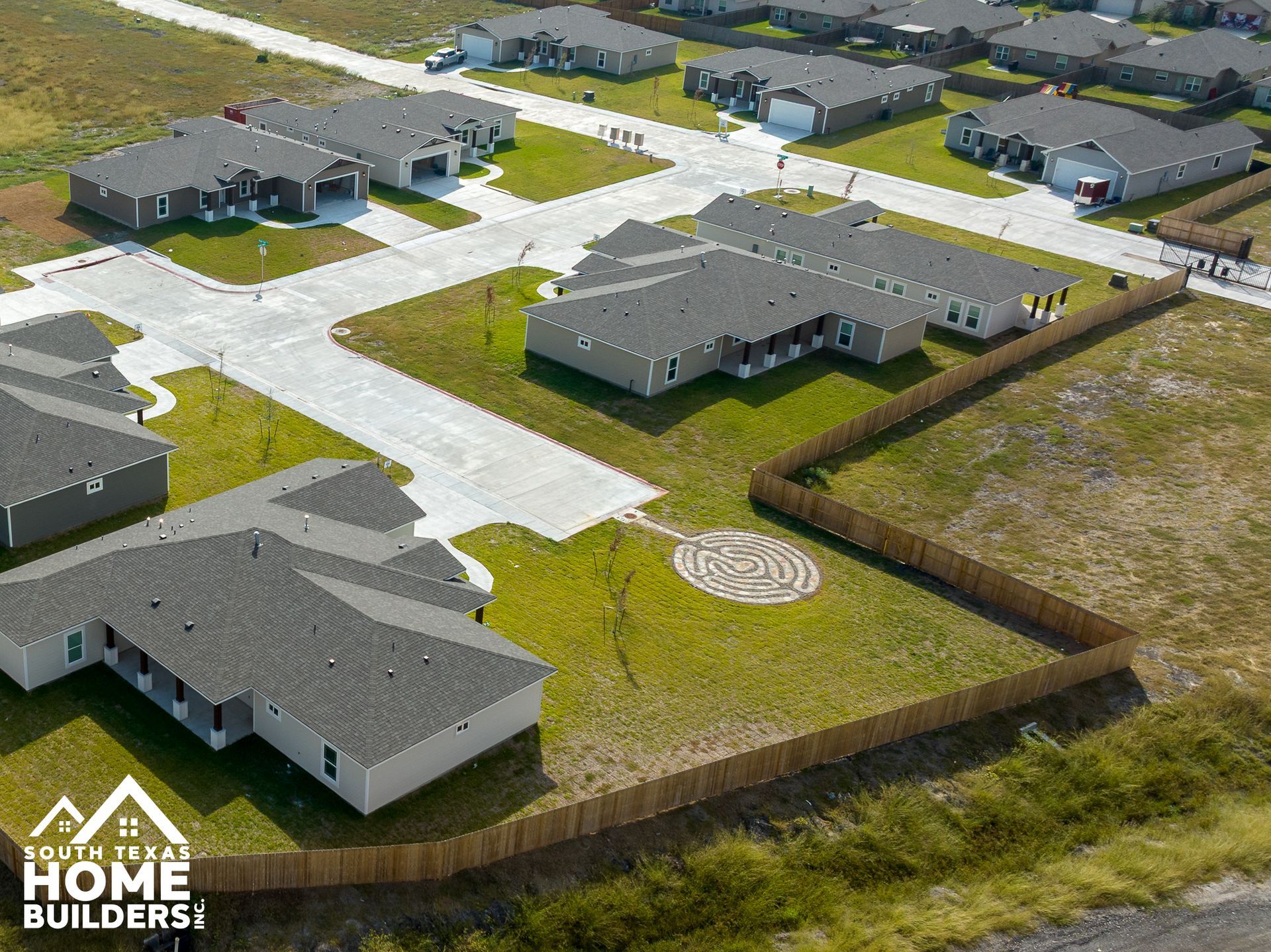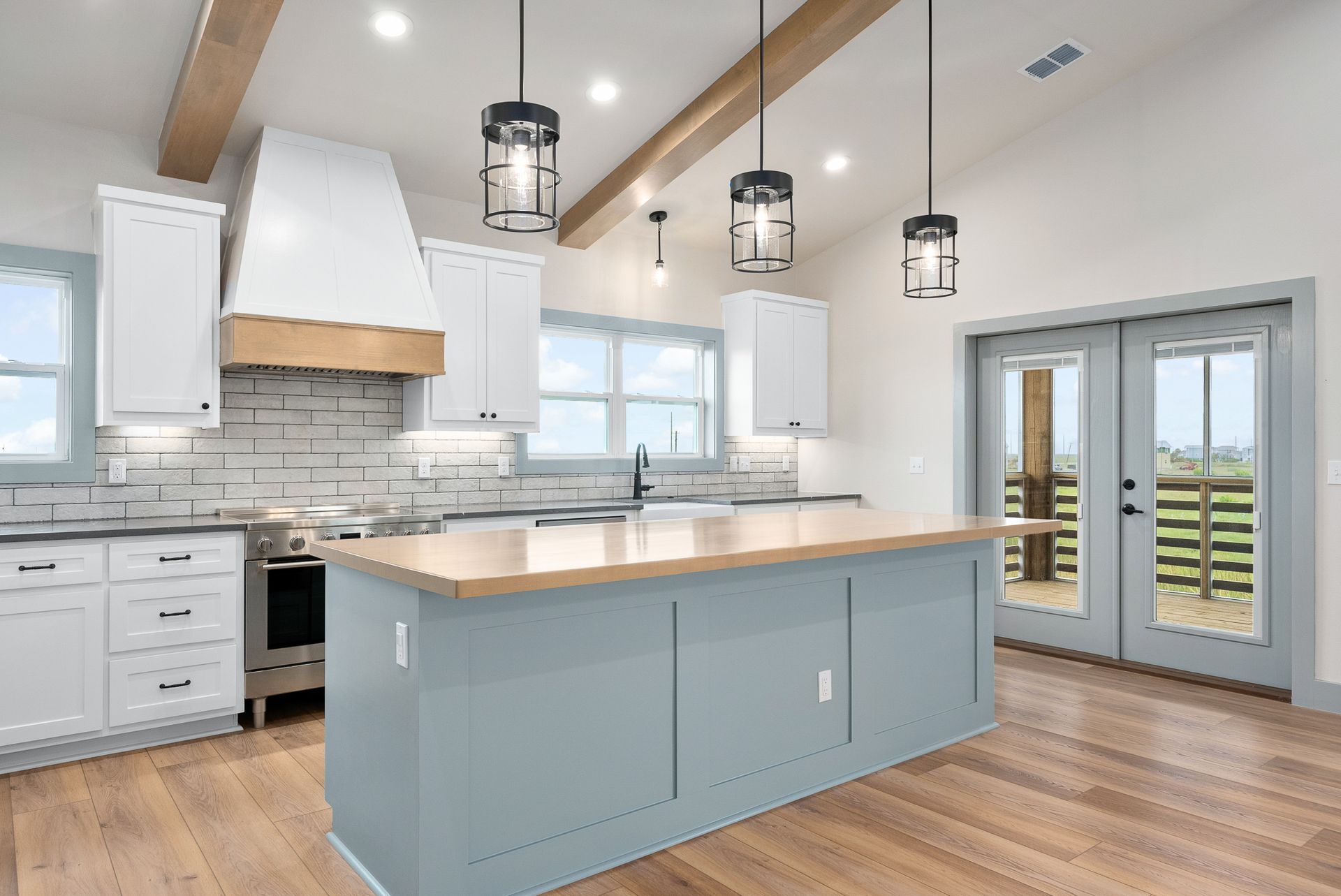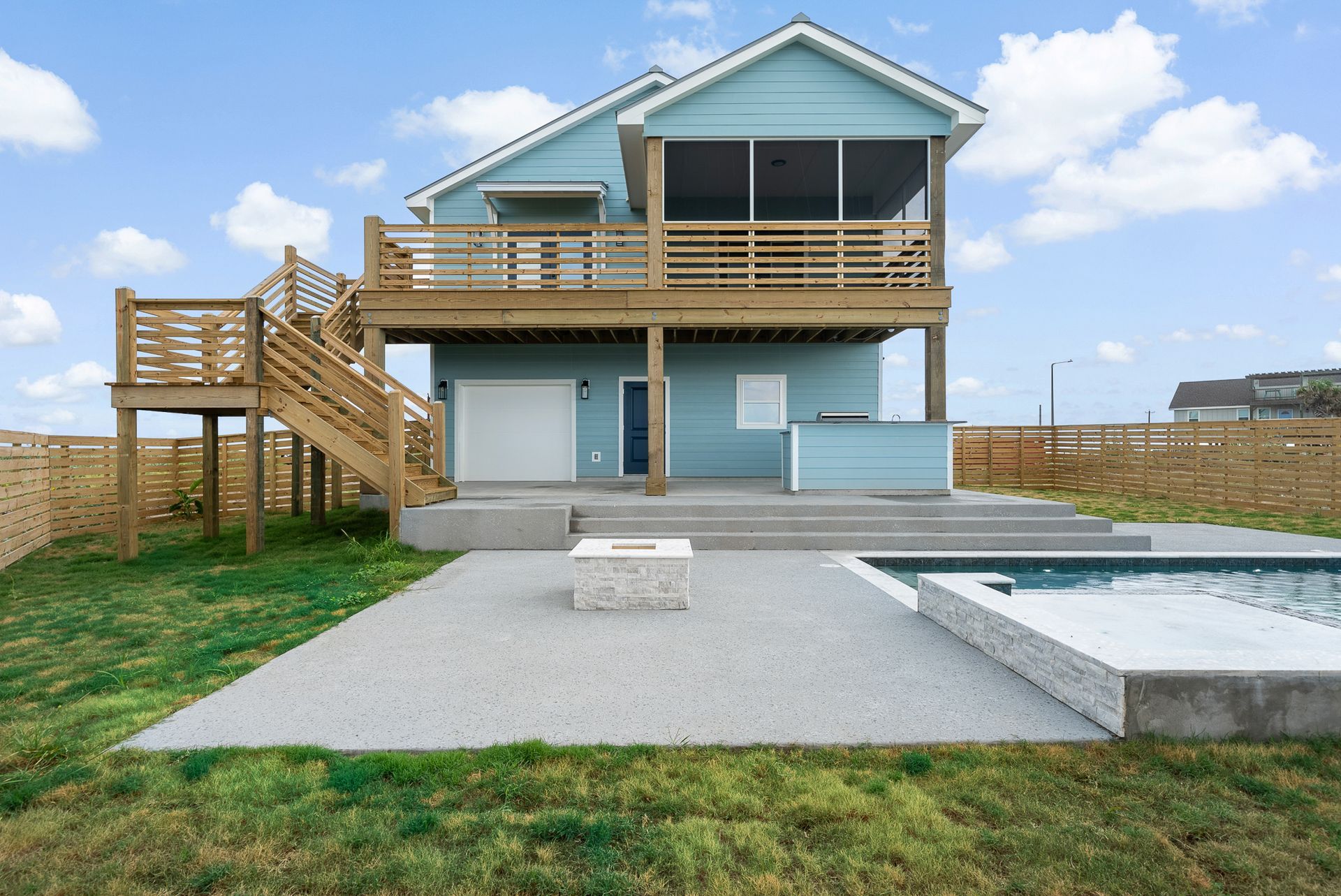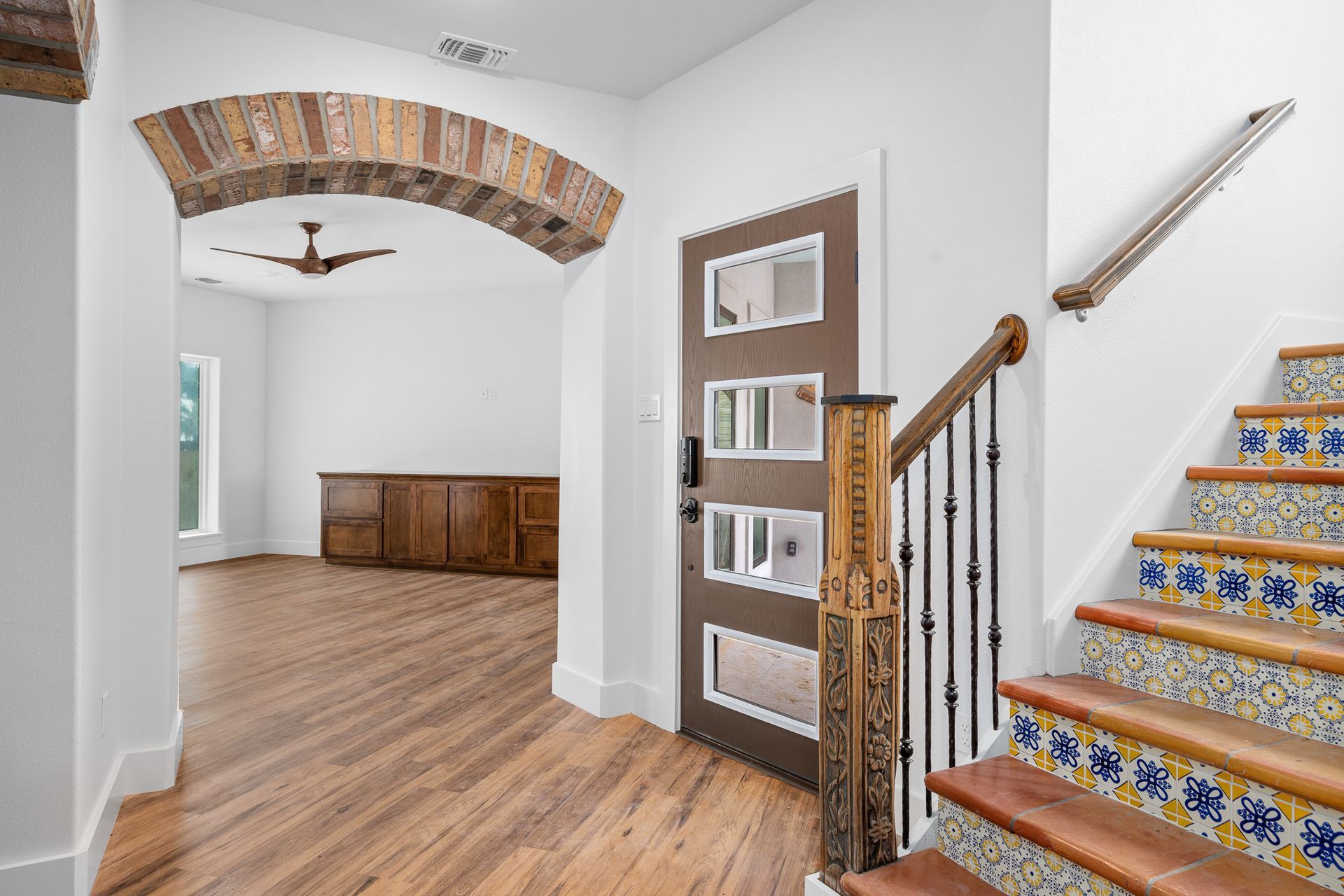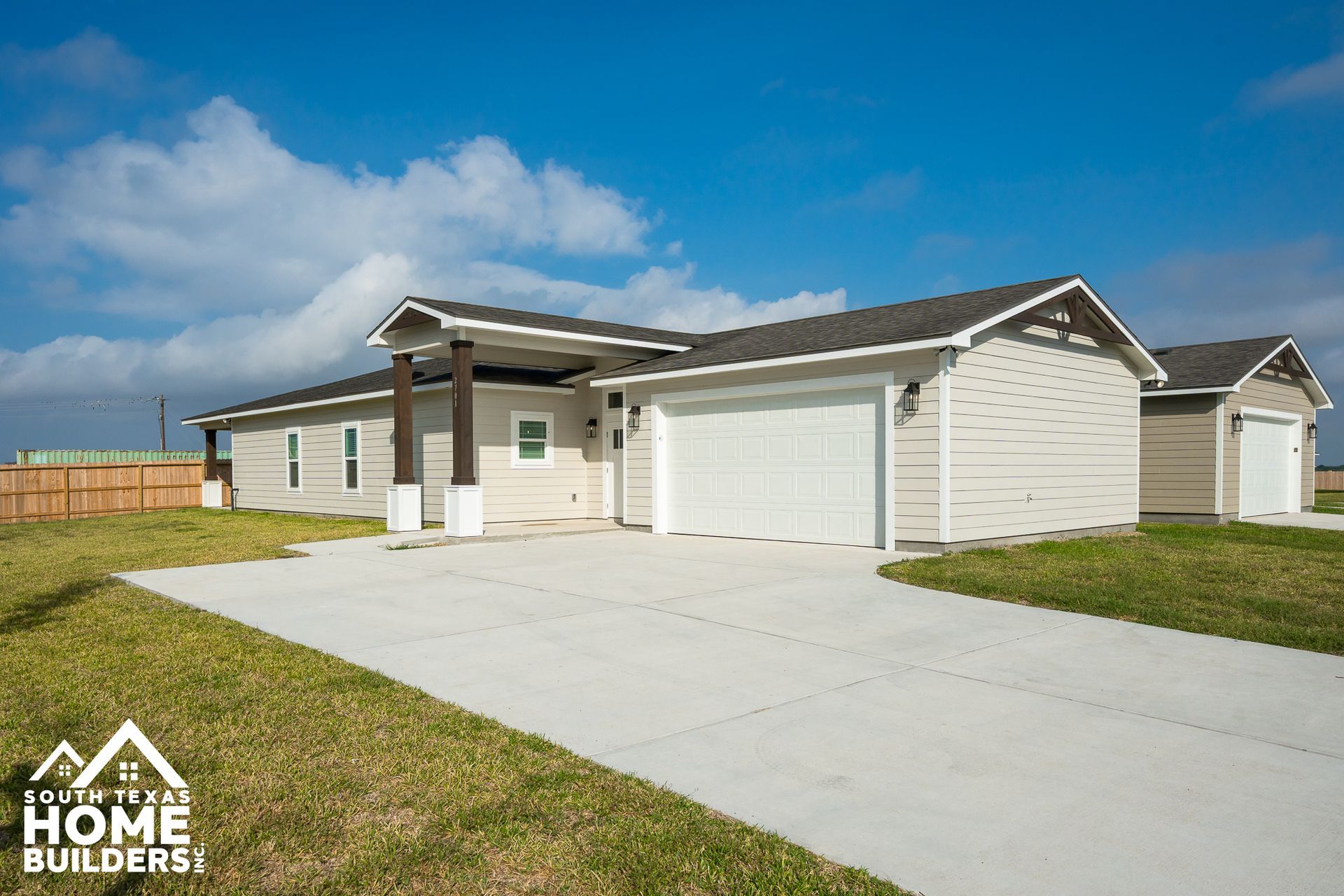Flashing Confidence: How ZIP System Stretch Tape Enhances Coastal Builds

Building along the Texas Gulf Coast or in rural South Texas places special demands on every part of a home—especially around openings, transitions, and penetrations. At South Texas Home Builders, we believe durability isn’t optional; it’s built into every detail. That’s why we specify high-performance materials like ZIP System Stretch Tape when we’re sealing tricky areas that standard flashing might struggle with.
Why Stretch Tape Matters
In coastal and rural settings, you’ll encounter curved window sills, uneven sheathing, transitional penetration zones (like HVAC, plumbing, decks) and wind-driven rain. According to the manufacturer, “ZIP System Stretch Tape uniquely stretches in all directions to easily fit sills, curves and corners with a single piece.”
Huber Engineered Woods+1
Key performance features:
- Bonds to a variety of surfaces (wood, concrete, masonry, metals) and works over mismatched surfaces. builderswarehouse.com+1
- High elongation (800-1,200%) and performance in temperatures down to 0 °F. Huber Engineered Woods+1
- An advanced acrylic adhesive that claims superior adhesion even around fasteners. builderswarehouse.com+1
For STHB’s custom homes, this means reduced worry about water intrusion at critical zones, more efficient installation, and long-term performance that complements our “built-for-the-coast” standard.
Where We Use It
Here are typical applications where we integrate ZIP System Stretch Tape as part of our durability strategy:
- Window & door rough-openings: Instead of piecing many small tapes around awkward openings, the stretch tape allows a single go-around to form a tight, continuous seal. Huber Engineered Woods+1
- Sills and curved transitions: On wrap-around porches or custom façade designs, curved details often require material flexibility. The stretch tape accommodates these without wrinkling or lifting.
- Sill-to-wall and deck-to-wall transitions: Where siding, sheathing, membrane and flashing meet, this tape bridges different planes and materials.
- Retrofits & difficult surfaces: In the remodel or upgrade context, older sheathing, irregular substrates or weather-exposed zones are tough to seal—stretch tape helps overcome those issues.
Installation Insights from STHB’s Perspective
We've found that specifying the material is only part of the story. Proper installation makes the difference:
- Surface prep matters: Make sure all sheathing is flush, fasteners are properly set (no “shiners” or over-driven nails) so the tape has a smooth adhesion surface. Huber Engineered Woods
- Rolling the tape: The advanced acrylic adhesive performs best when a pressure roller is used to activate the bond. Wrinkles or “fish-mouths” compromise performance. Huber Engineered Woods
- Correct sequencing: Apply stretch tape in coordination with other barriers (WRB, air-barrier membranes) so all layers remain continuous.
- Exposure considerations: While the manufacturer offers an exposure period (180 days when used with ZIP System sheathing) builderswarehouse.com+1, for coastal builds we aim for full enclosure and primary cladding ASAP to minimise UV/salt-air exposure.
Why This Aligns with Our Coastal-Durability Philosophy
- Resilience: The coast demands that homes withstand wind, moisture, and shifting conditions. A robust flashing system around openings is a major vulnerability—sealing it well raises the whole home’s resistance.
- Longevity: Materials that fail early create maintenance burdens. By choosing high-performance tape, we reduce future callbacks, preserve finishes, and deliver homes that hold up.
- Efficiency: In custom builds, time is value. Stretch tape allows fewer pieces, faster application, and less risk of seams coming apart. That means tighter schedules, fewer delays, and better final product for homeowners.
- Specification transparency: When we show clients the systems we use (e.g., ZIP System sheathing + stretch tape + metal flashing) we build trust—and that transparency reinforces value.
A Practical Snapshot: What to Ask When Reviewing Build Specs
If you’re building or buying a coastal/rural custom home, here are questions worth asking:
- Is the flashing system around windows/doors rated for curved or irregular openings?
- What material is being used at sill pans and transition zones where siding meets sheathing?
- Is the adhesive rated for the coastal environment (salt-air, UV, humidity)?
- Are installation crews trained on the correct use of high-performance tape (rolling, sequencing, surface prep)?
- What is the expected maintenance or inspection schedule for these flashing zones?
In summary: FLashing is often an unseen part of a home, but it’s one of the biggest contributors to durability—especially in coastal and rural contexts. At South Texas Home Builders, specifying ZIP System Stretch Tape reflects our commitment to building smarter, stronger, and longer-lasting homes. The result: clients get not just a house, but a home that stands up to where it’s built.
NEWS
